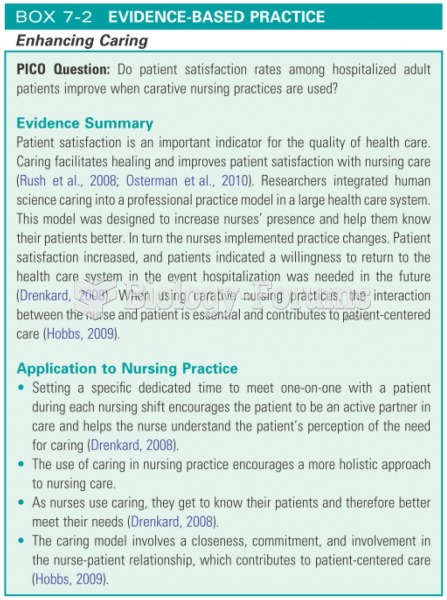Answer to Question 1
Answer: 3
Explanation: Refeeding syndrome is a potentially fatal condition that occurs when severely malnourished patients begin eating again for weight restoration. Refeeding syndrome can cause fluid and electrolyte disorders and neurological, pulmonary, cardiac, neuromuscular, and hematologic complications. It is important for health care professionals to start with a low amount of kcal/kg/day and increase slowly. Vitamin deficiency may occur, but it is not a fatal condition. MAOI toxicity and SSRI-induced suicidality are pharmacology issues that may occur during treatment of patients with eating disorders, but refeeding syndrome is the primary concern when treating the patient with anorexia nervosa who is malnourished.
Answer to Question 2
Answer: 1, 4
Explanation: Binge-eating disorder is characterized by significant distress over the amount of food consumed and the lack of control in consuming it. Patients may eat more rapidly than normal, eat until uncomfortably full, eat large amounts though not hungry, eat alone due to embarrassment over amount of food consumed, and feel disgusted, guilty, or depressed after binging. Bulimia nervosa is characterized as an inappropriate compensatory purge (such as vomiting) after ingesting large quantities of food when experiencing stress; attempting dietary restraint, or feeling negative about issues relating to body weight, shape, and food (cravings and shame); and feeling bored. Binging and purging for the patient with bulimia nervosa is a way to control internal emotions, attain perfection through repeated episodes of dieting and food restriction, and control challenges to personal control, and cravings and urges.






